What is a caddisfly?
There’s something oddly hypnotic in watching a swarm of caddisflies hover over the water’s surface as sunset paints the horizon orange. The sheer number of insects dancing over the silvered current can be impressive, if not a touch overwhelming. If you haven’t fished a caddis hatch before, chances are you’ve at least seen them fluttering around streetlamp or porchlight at your favorite riverside food stop. Closely related to moths and butterflies, caddisflies make up a taxonomic order called Trichoptera—a meshing of Greek words "tricho" (meaning hairy) and "ptera" (meaning wings). Hairy wings are just one of the distinct differences between caddisflies and their Lepidoptera (Or scaly winged) cousins.
These drab-colored insects appear almost ubiquitously across the world in freshwater environments—and there’s even a species (Philanisus plebeius) that inhabits the intertidal zones of New Zealand and Southern Australia. All told, there’s roughly 7,000 distinct species of caddisfly, ranging in size, preferred habitat, and behavior.
One of the most glaring differences between caddisflies and their close relatives is the nature of their lifecycle; excepting one special species of caddisfly called the land caddis, the caddisfly’s larval stages are aquatic, making their complete metamorphosis all the more dramatic.
For dry fly fishermen, the emergence of the aquatic pupa into terrestrial adult marks one of the most exciting fishing events of the spring season. If you’re wondering whether the swarms flying through the air are caddisflies, it can pay to investigate the vegetation along the banks. When resting, adults will hold their wings in a tented position over their segmented bodies. Most species will grow to be between 3 and 15 mm long with a wingspan of 8 to 40 mm. That said, a few species can be as smaller or larger. One, MacLachlan’s caddisfly (or Eubasilissa maclachlani) can develop a wingspan of up to as 7cm.
Typically, their anterior (or forward) wings and antennae will both be as long as or longer than the length of their bodies. If the bugs fluttering through the air or resting on a nearby bush check off those boxes and your first thought is, “Looks like a moth…” then there’s a good chance you’re witnessing a caddisfly “hatch”.
A caddisfly hatch in July of last year (2024).
What’s the caddisfly lifecycle?
The most famous caddisfly “hatch” is arguably the Mother’s Day Hatch (especially on the Yellowstone River), but – in order to fish any caddisfly hatches effectively – it pays to understand the lifecycle. At its simplest, that lifecycle can be broken down into four main stages:
- Egg
- Larvae
- Pupae
- Adult
Female caddisflies will lay eggs in masses of up to 800 eggs at once. These masses are kept together by a jelly-like substance that swells on contact with water. Eggs can be dropped by a female as she skates across the surface to dip her abdomen in the water, or she might dive down to attach her eggs to river rocks or vegetation.
Larvae will typically hatch from the eggs within a few weeks. This life stage is the longest of the caddisfly’s lifecycle, consisting of four or more “instars”—or developmental stages—where the larva grows and molts its exoskeleton.
Depending on the species, caddisfly larvae can be omnivorous, herbivorous, or carnivorous, feeding on decaying plant matter, algae, or other aquatic organisms. Because of this, they tend to play an important role in the recycling of nutrients in the broader ecosystem.
While there are a few species who remain free-living throughout this stage, many will utilize the silk glands near their mouth to create protective, tub-like cases from gravel, sand, and plant matter. Some species have even developed the ability to form silken webs to ensnare food drifting past in the current.

The cases caddisflies form are useful camouflage when hiding from predators, but they’re also key in allowing the caddisfly to undergo complete metamorphosis. This occurs during the pupal stage, anywhere from several months to a year after the larvae hatches from its egg.
The pupal stage begins with the larvae ceiling itself inside its case and can last anywhere from a few days to a few weeks as the caddisfly slowly loses its larval features to an adult physiology.
The fully formed adult will then chew its way free of the protective case, not unlike a moth escaping its cocoon, and make a mad dash for the surface.
Adult caddisflies typically have only a few weeks before they reach the end of their lifecycle. During that time, they are focused on mating and egg laying. While some aquatic insects (such as mayflies) lose the ability to eat after becoming adults, caddisflies are able to consume nectar—pollinating the flowers they eat from in the process. They also continue to serve as an important source of food for trout and birds.

An example of a caddisfly adult.
How to catch the Mother’s Day Hatch:
If you’ve never witnessed the Mother’s Day Hatch, it’s hard to fully understand the magnitude of buggy frenzy you’ll be walking into. The air over the water is a blur of motion. Caddisflies crawl through your hair, down your waders, underneath your sunglasses. Taking a breath through your mouth becomes risky, least you find yourself accidentally eating an unsolicited snack. As for the trout, you’ll witness explosive, gravity-defying rises as they chase an emerging adult or large, greedy sips as they down mouthfuls of spent females from the surface. It’s one of the most exciting fly fishing events of the season—if not the year—and it occurs in watersheds across the country.
A few key species form the Mother’s Day ensemble. In the Rockies, you’re looking primarily for Brachycentrus occidentalis (also known as the Western Mother’s Day Caddis). Moving east, you’ll be waiting for the Striped Grannom, Smoky Mountain Grannom, Dark Black Grannom, or Eastern Mother's Day Caddis depending on where you’re fishing.
The name can be misleading. While this emergence event can correspond with Mother’s Day, it will often begin in late April and continue through the first week or two of May. To time your fishing trip right, you’ll want to pay attention to seasonal patterns. Keep an eye on water temperatures (54 degrees Fahrenheit seems to be the magic number here in Montana) and flow. If runoff picks up, you can expect the hatch to suffer as swift flows, fluctuating water temperatures, and silt-ridden waters alter trout feeding behaviors and slow the emergence of the adult caddis.
It also pays research what other hatches occur prior to the Mother’s Day Hatch each year. Typically, you’ll find there’s a relatively predictable window of time between one hatch to the next, and if you keep a close enough eye on your home river, you should be able to plot out when the caddis bonza will start. If you’re truly passionate about your entomology, you can learn to identify the different pupal stages to determine roughly how close the resident caddis population is to emergence.
Once the hatch has begun, you’ll notice other patterns. While full-fledged adults tend to be less active in the mornings—especially if it’s cold—there’s still plenty of action to be had with wet flies as emerging adults make a break for the surface. Come late afternoon, females will make egg-lying flights, thronging in synchronized clouds over shallow riffles by the thousands. Often, the hours right before sunset are the most action-packed, with trout gorging themselves on spent females.
Matching the hatch—but not too closely.
Part of matching the hatch lies in technique. Skating and twitching your fly, for instance, can imitate an emerging adult attempting to take off from the water’s surface or a female attempting to drop her eggs. A drag-free dead drift will more closely imitate spent caddisfly females who have already laid their eggs.
Of course, your fly selection also makes a difference, whether you’re fishing dries or nymphs. We’ll go into some different flies to try below. That said, it’s important to remember that this hatch is massive. There will literally be thousands upon thousands of real caddisflies competing with your imitation, so you’ll need to find a way to make your fly look more enticing than the rest. One simple way of doing this is fishing with a fly that’s slightly larger than the #14–16 bugs you’re seeing on the water.
What dry flies are best for imitating caddis?
If you’ve timed it right and the water conditions are just right, you’ll only really need a handful of dries to fish the different behaviors during the hatch. If trout are getting splashy and aggressive, they’re likely feeding on caddis emergers or egg-laying females skittering across the surface of the water. If you’re fishing dries, try an attractor or good adult imitation:
- Peacock Trude
- Parachute Caddis
- Marjan Fratnik F
- Elk Hair Caddis
- Tentwing Caddis
- Goddard Caddis
- Brown Caddis
- Bucktail Caddis
- Deer Hair Sparkle Caddis
- Puterbaugh Foam Caddis
- Kingrey’s Better Foam Caddis
- Hemingway Caddis
- Snowshoe Caddis
- Translucent Pupa
When trout are rising more slowly to sip flies from the surface, a dry fly specifically imitating a spent caddis can be extremely effective:
- Elk Hair Caddis (with a peacock body)
- Everything Emerger
- Spent Sparkle Caddis
Looking to tie your own dries? You can imitate a newly emerged adult Brachycentrus caddis’ black head, dark olive to black body, a dark grey wings. A mating caddis will have semitranslucent tan or cream-colored wings. Remember that naturals lie in the #14 to #16 hook size range, but you’ll want something slightly larger to stand out from the competition.
What nymphal patterns are good for imitating caddis?
Remember that nymph fishing for caddis starts well before the hatch. Carrying some good larval or cased patterns in your fly box throughout the spring season will likely come in handy—especially if you’re looking to get in on some early spring action.
You should also take advantage of the morning emergence during the hatch. With adults zooming to the surface from the watery depths, trout can’t help but give chase.
Some good general larval patterns to try include:
- Hare's Ear
- Scott Sanchez's Glass House Caddis
- Buckskin
- Caddis Candy
- Splatte Roller
- Pheasant Tail Soft Hackle
- Glass House Caddis
- Jig Pheasant Tail
- Z-wing Caddis
- Pheasant Tail Flash Back
Pupae patterns are great for when emerging pupae are drifting through the water at the beginning of the hatch:
- Tan or green Lafontaine Deep Sparkle Pupa
- Emergent Sparkle Pupa
- Matt King's Caddis Pupa
- Juan Ramirez’s Kryptonite Caddis
- Z-wing caddis
- Some emerger patterns:
- Elk Wing Emerger
- Hare’s Ear Nymph
- Walt’s Worm
If you’re wanting to try some nymph patterns in the afternoon while the hatch is in full swing, try imitating females who dive beneath the surface to lay their eggs with a Diving Caddis.
Have any fun facts, tips, or tricks for fishing the Mother’s Day Hatch that we missed? Leave them in the comments below!

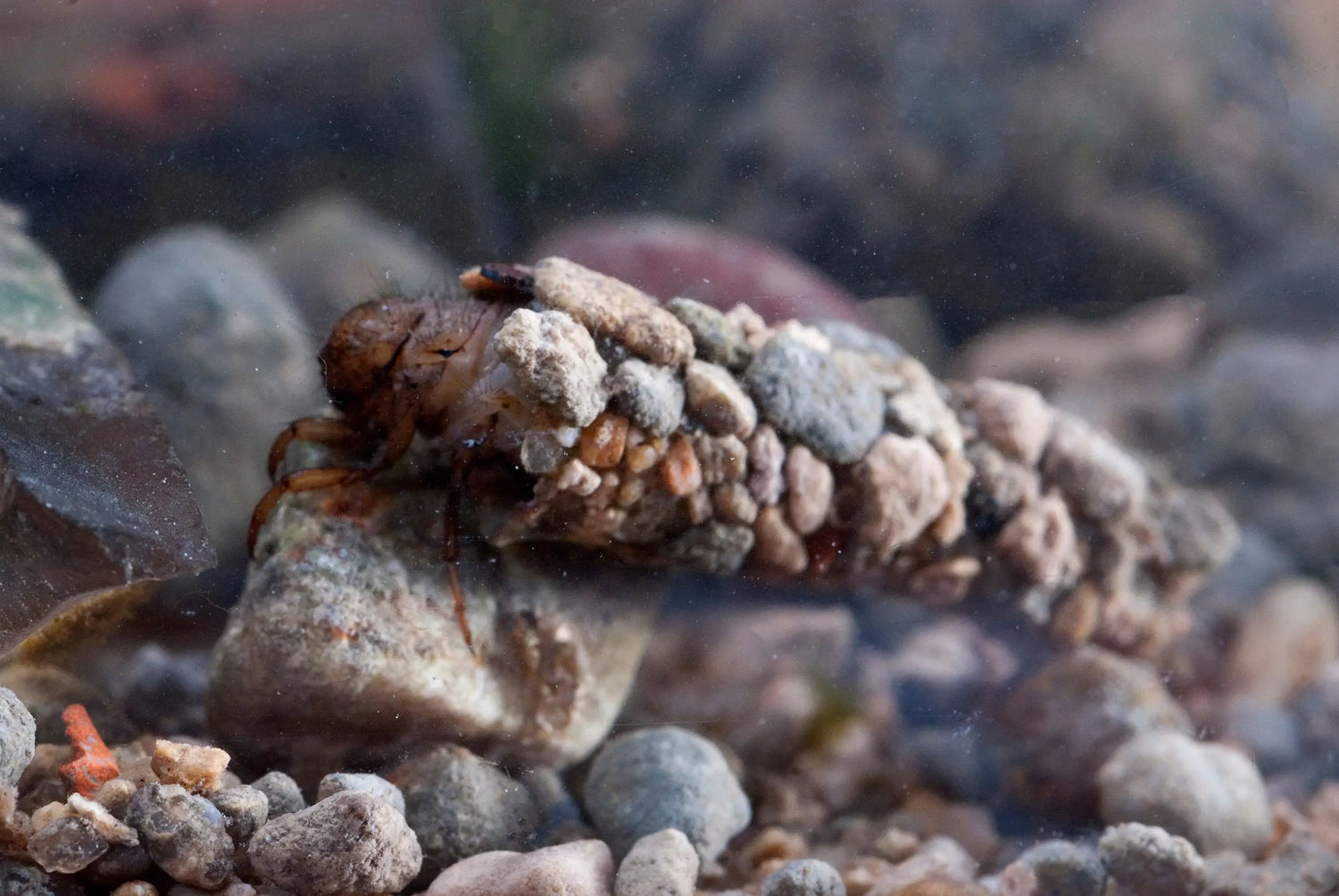
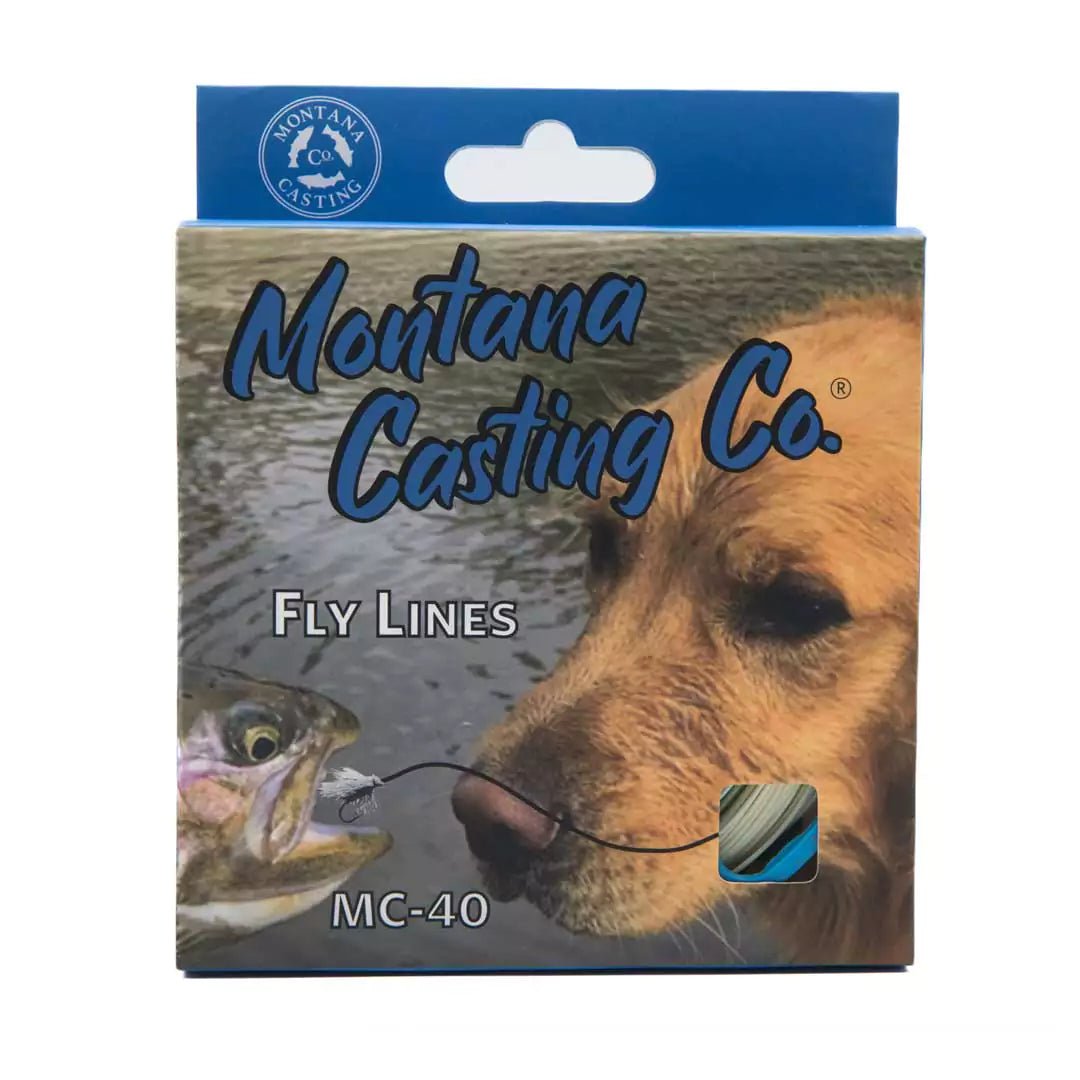

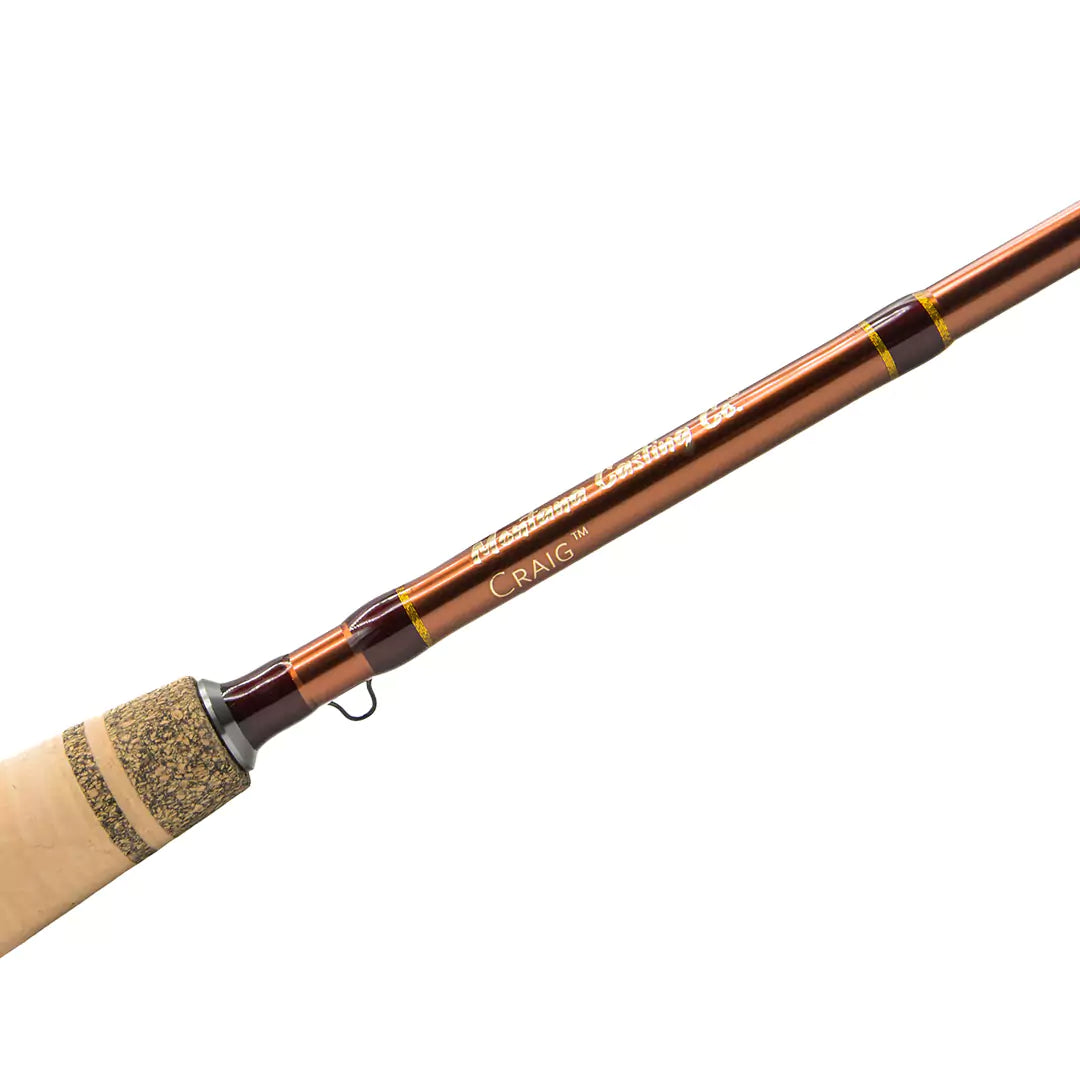
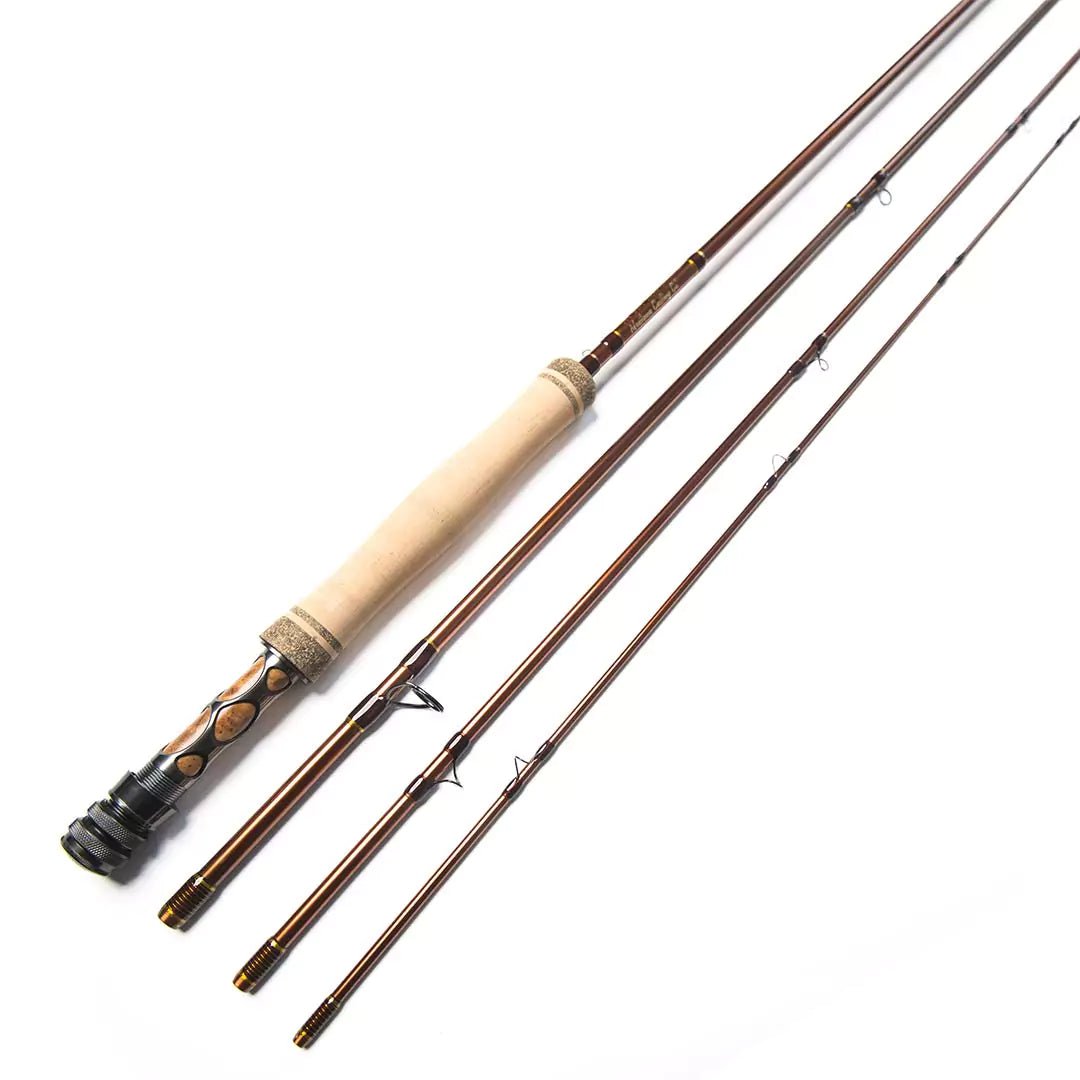


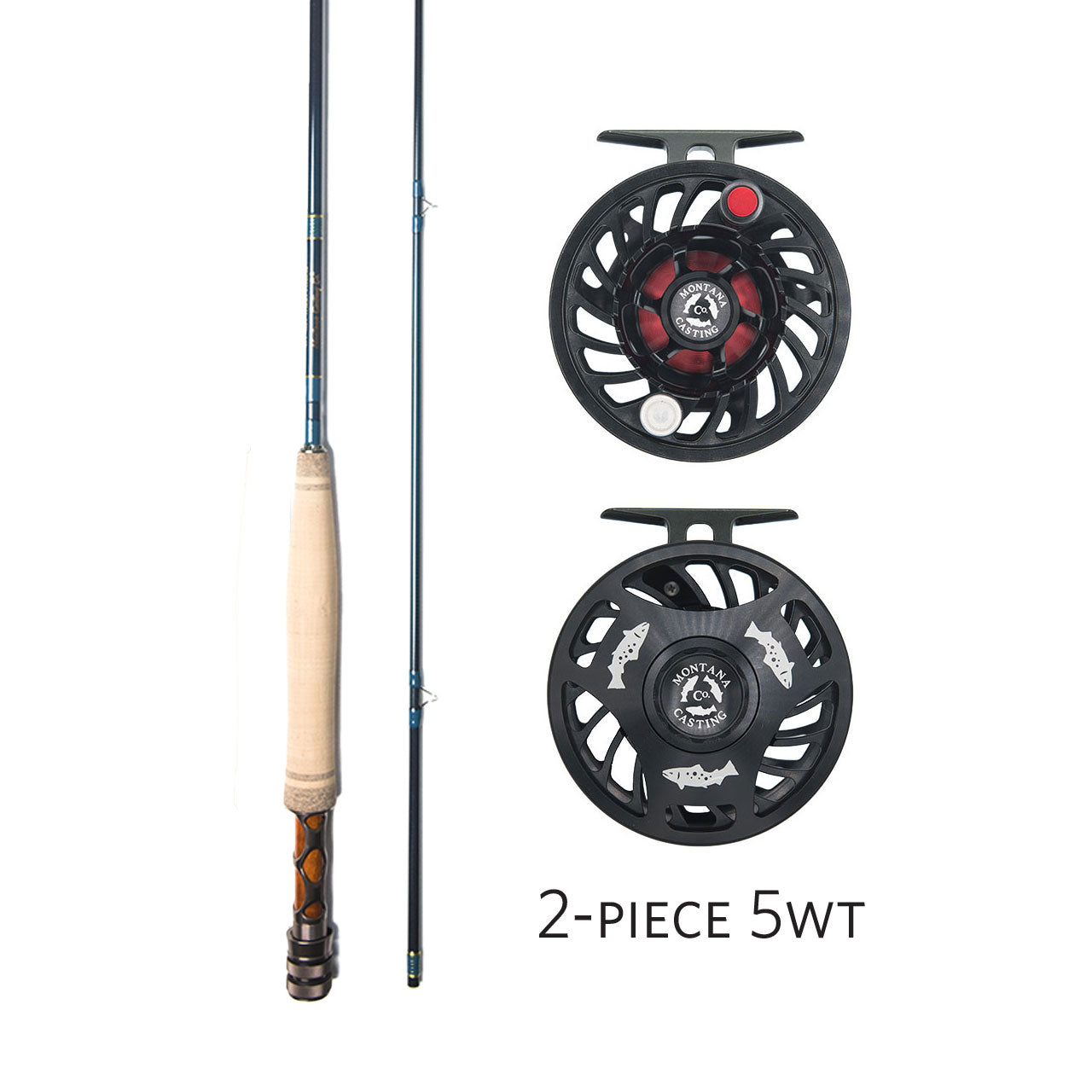
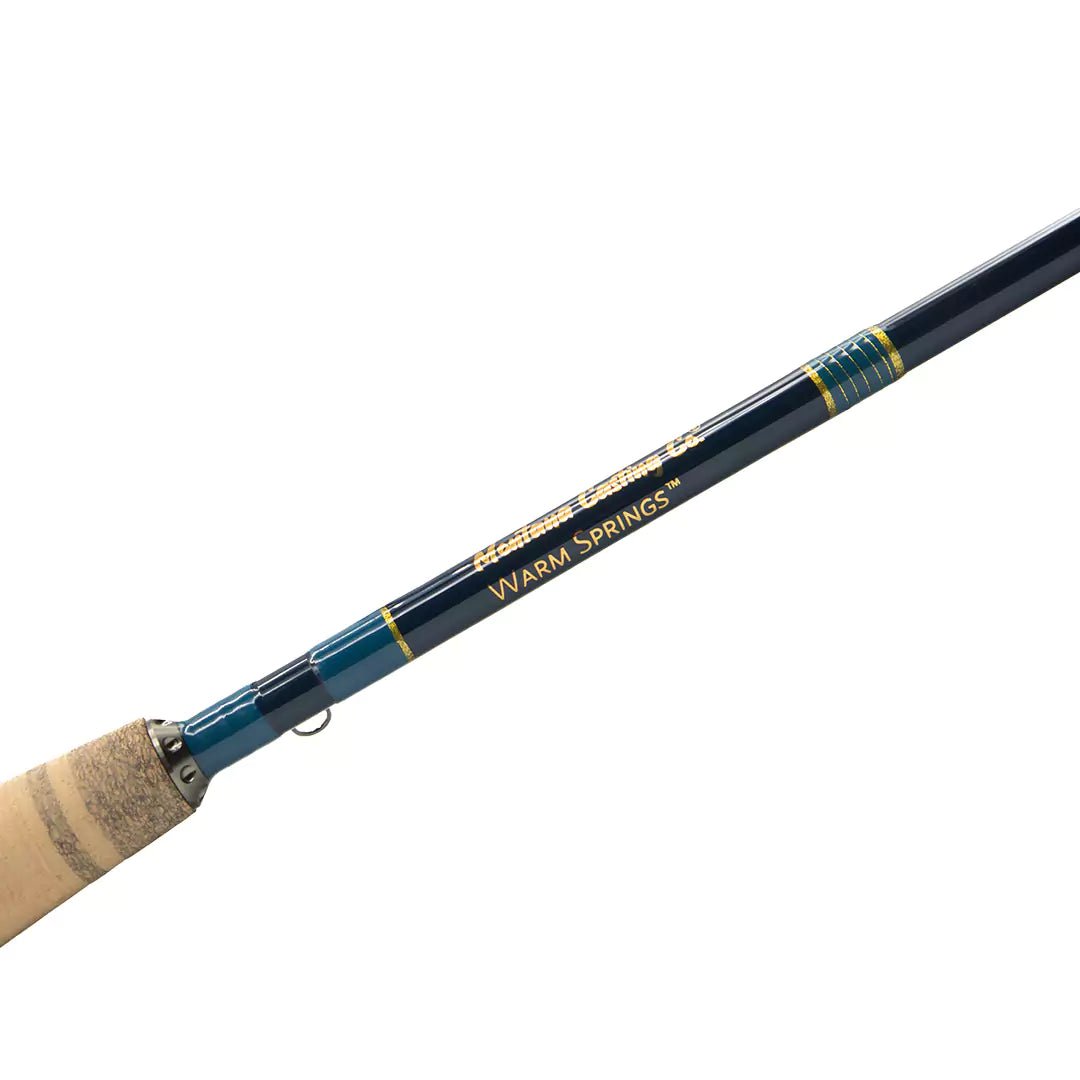

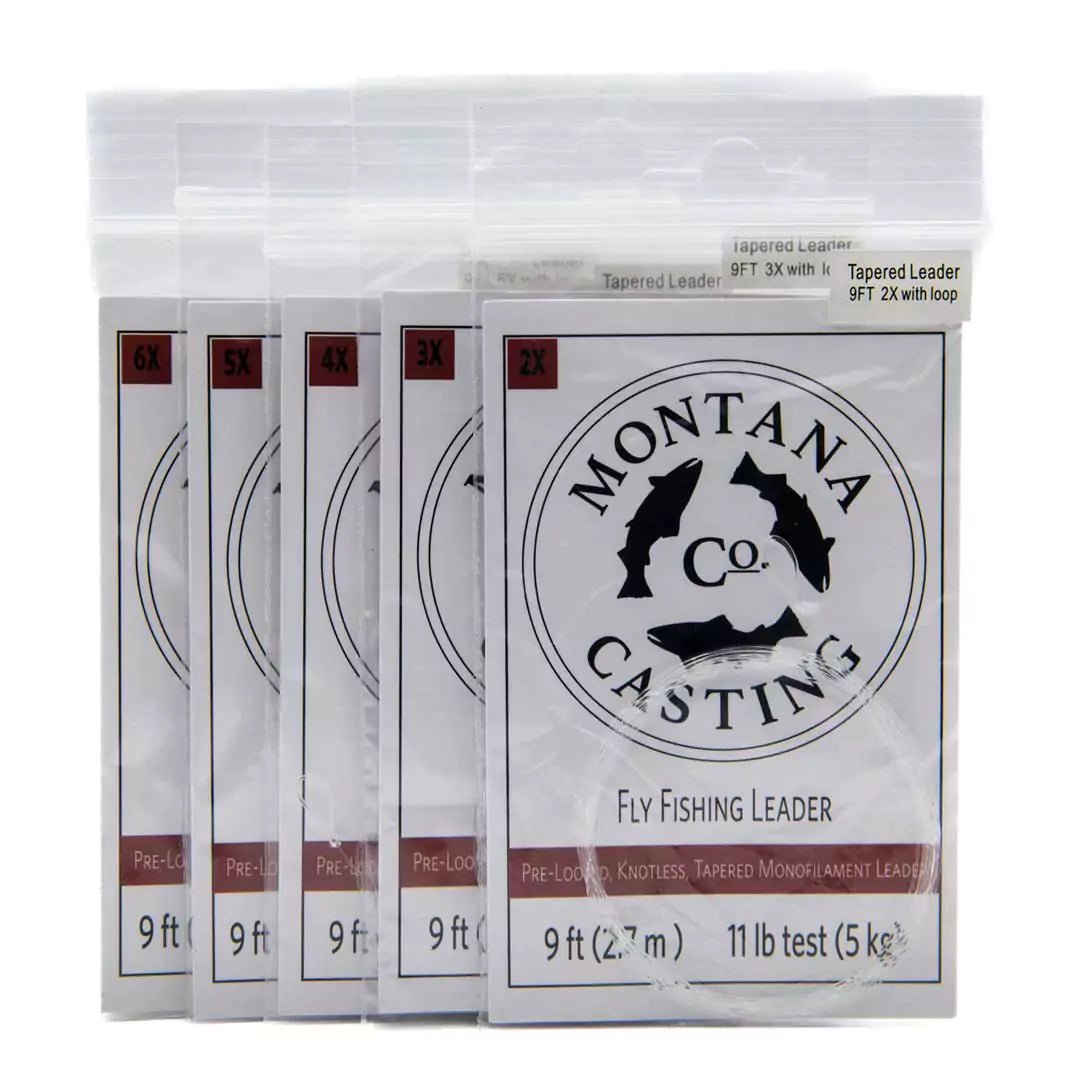

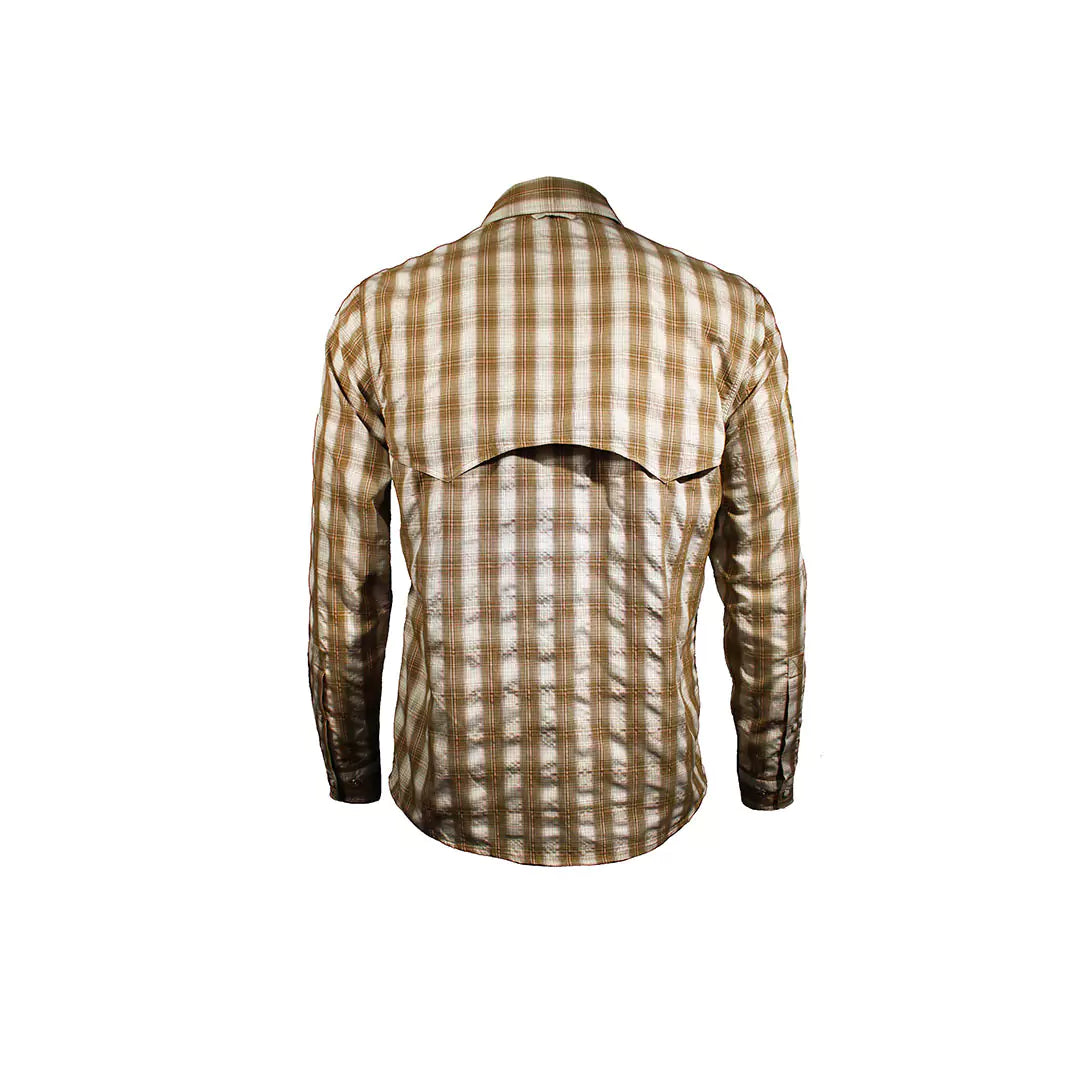
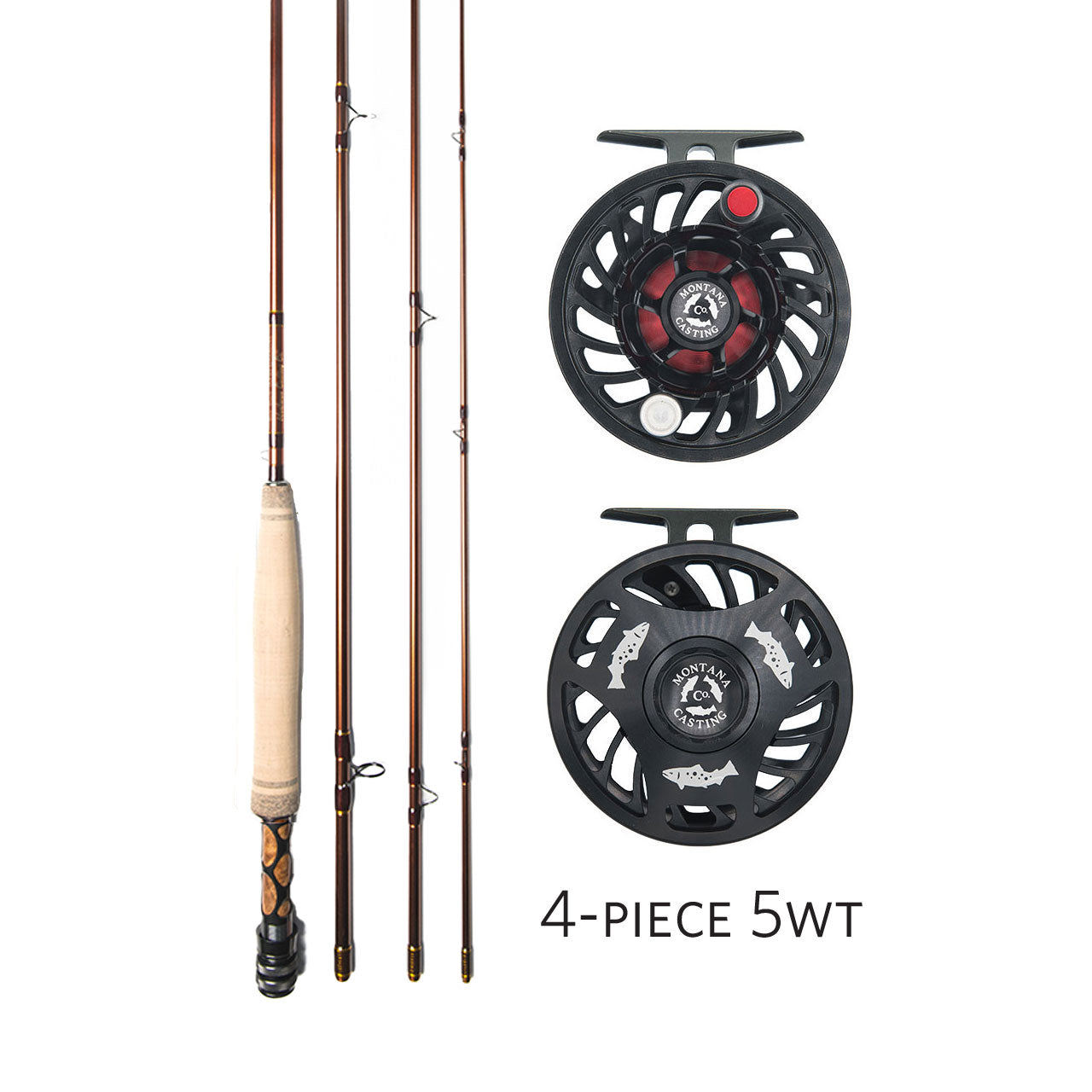
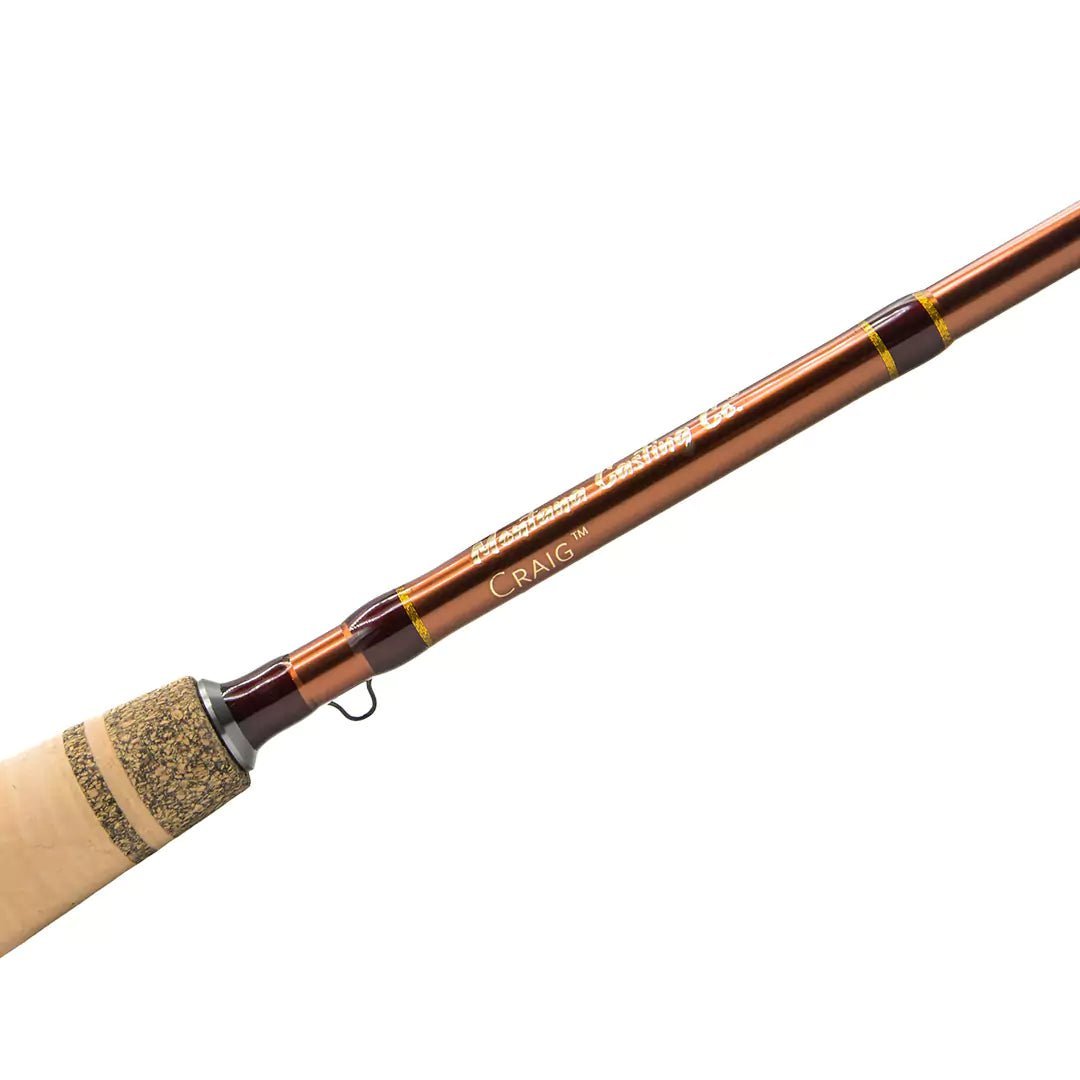



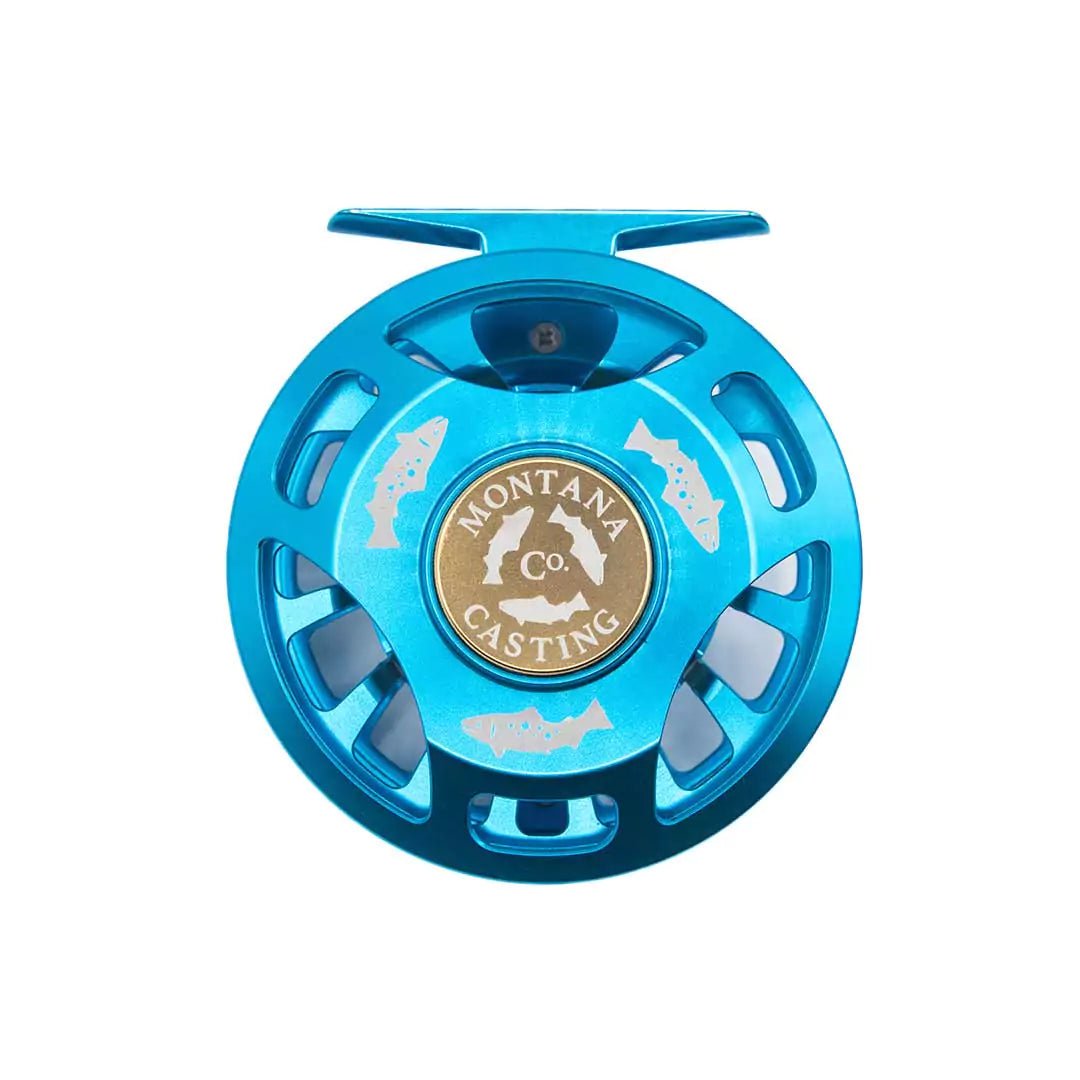
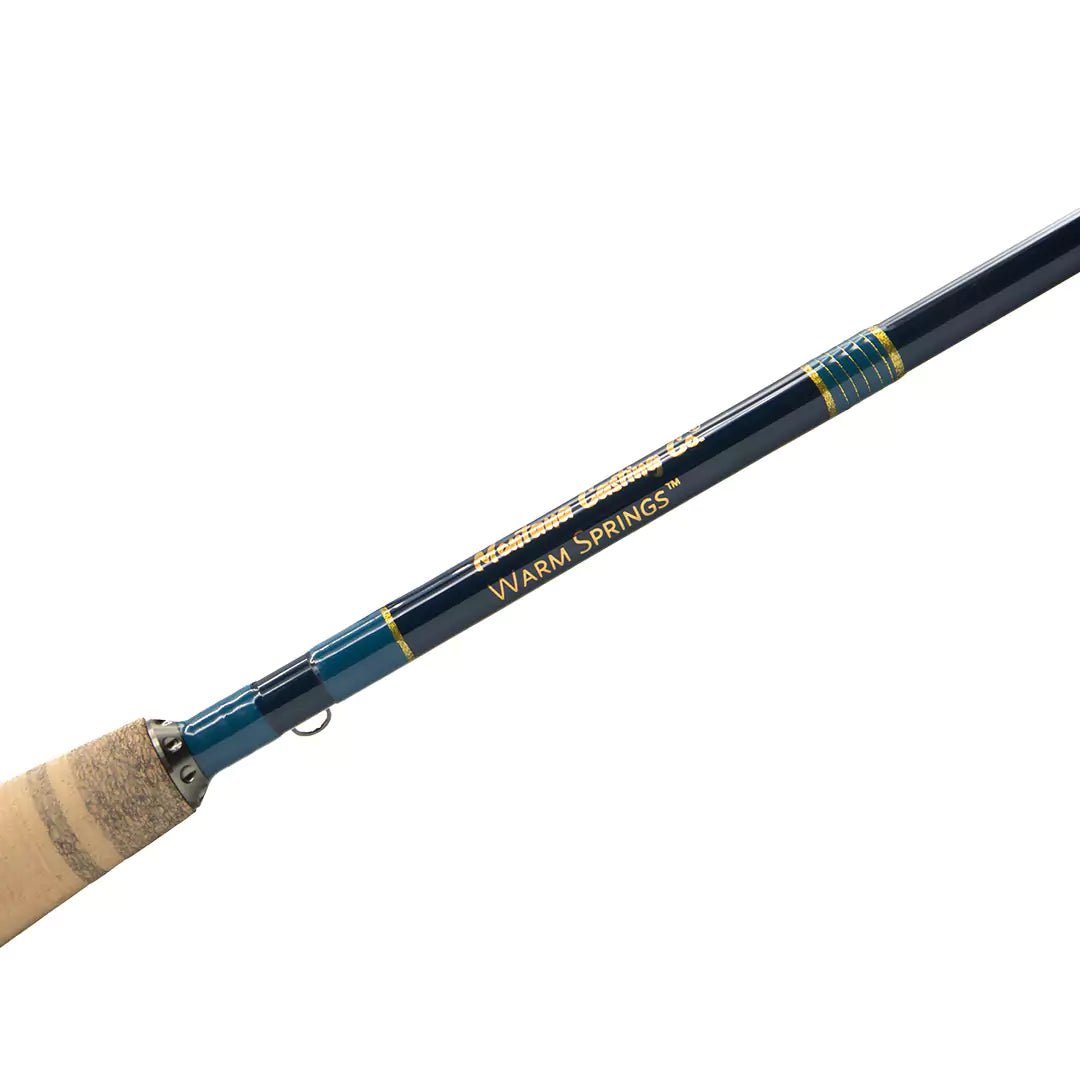
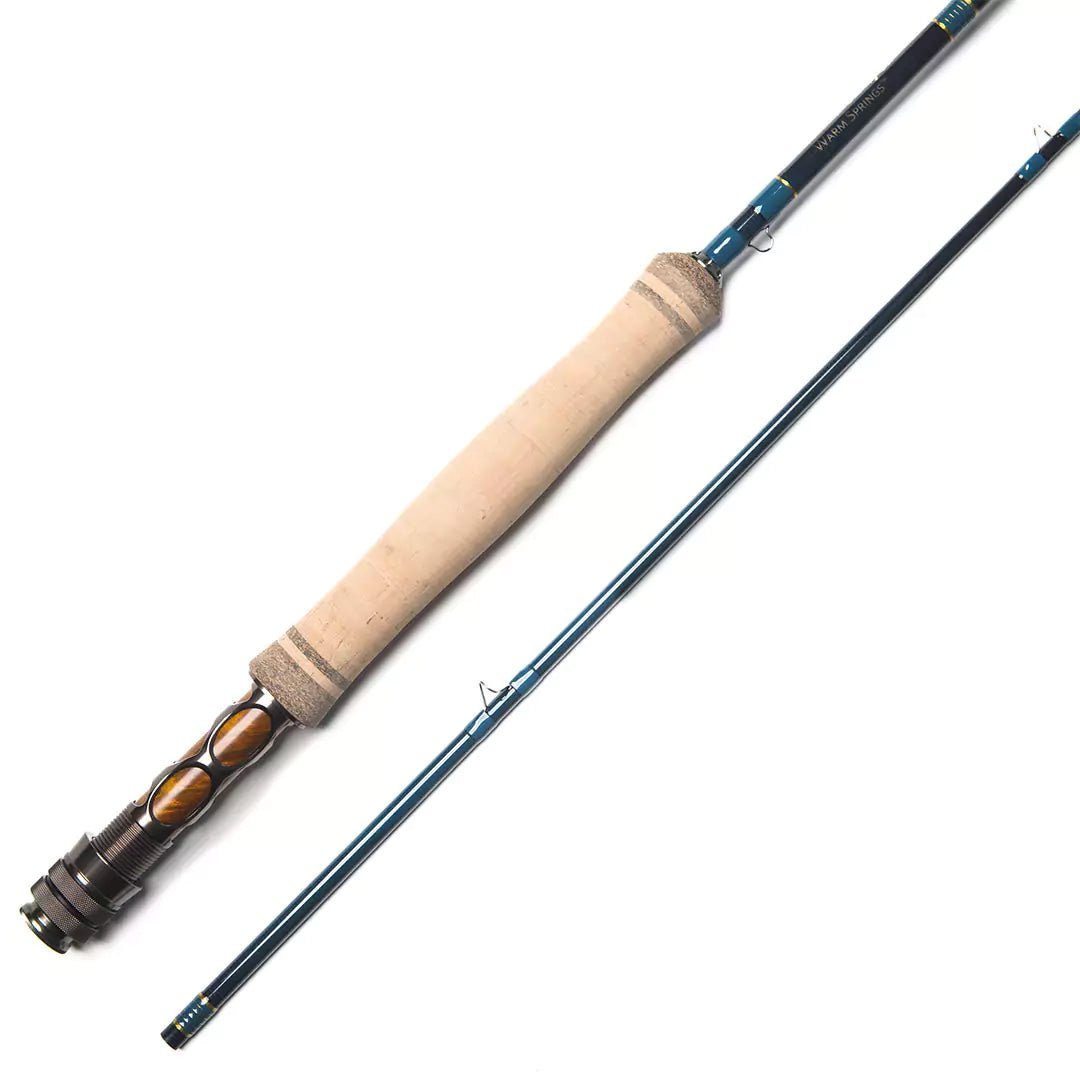


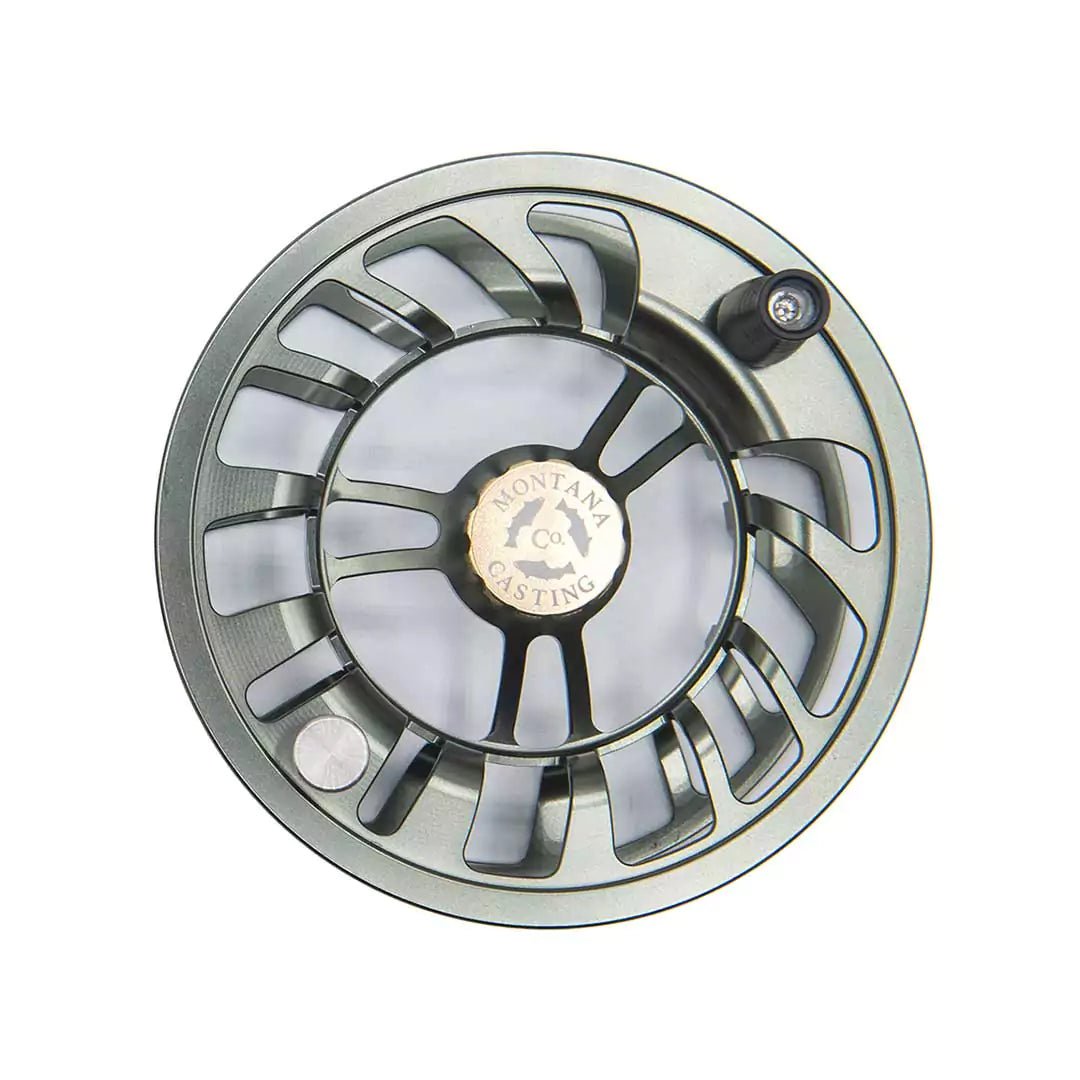
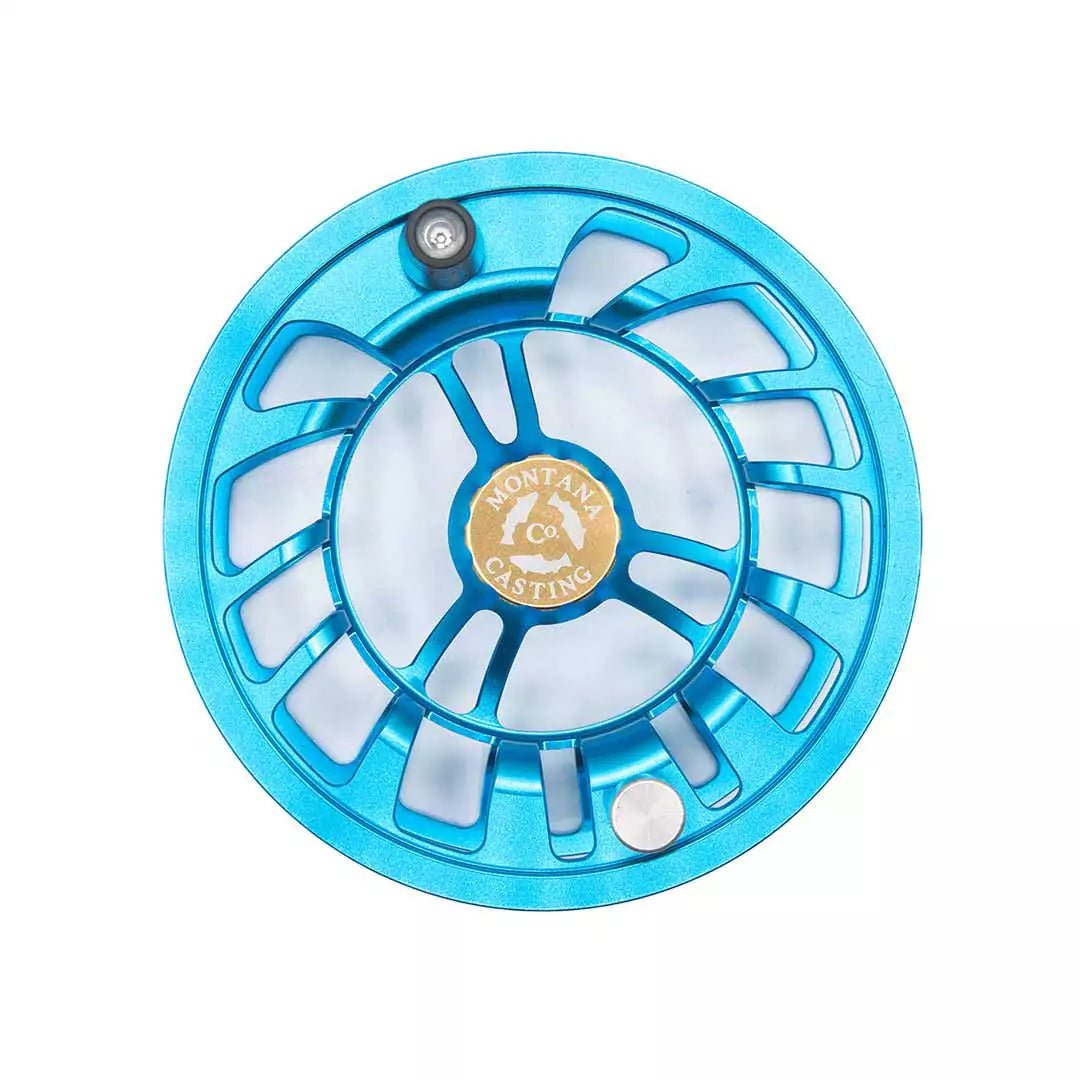






0 comments